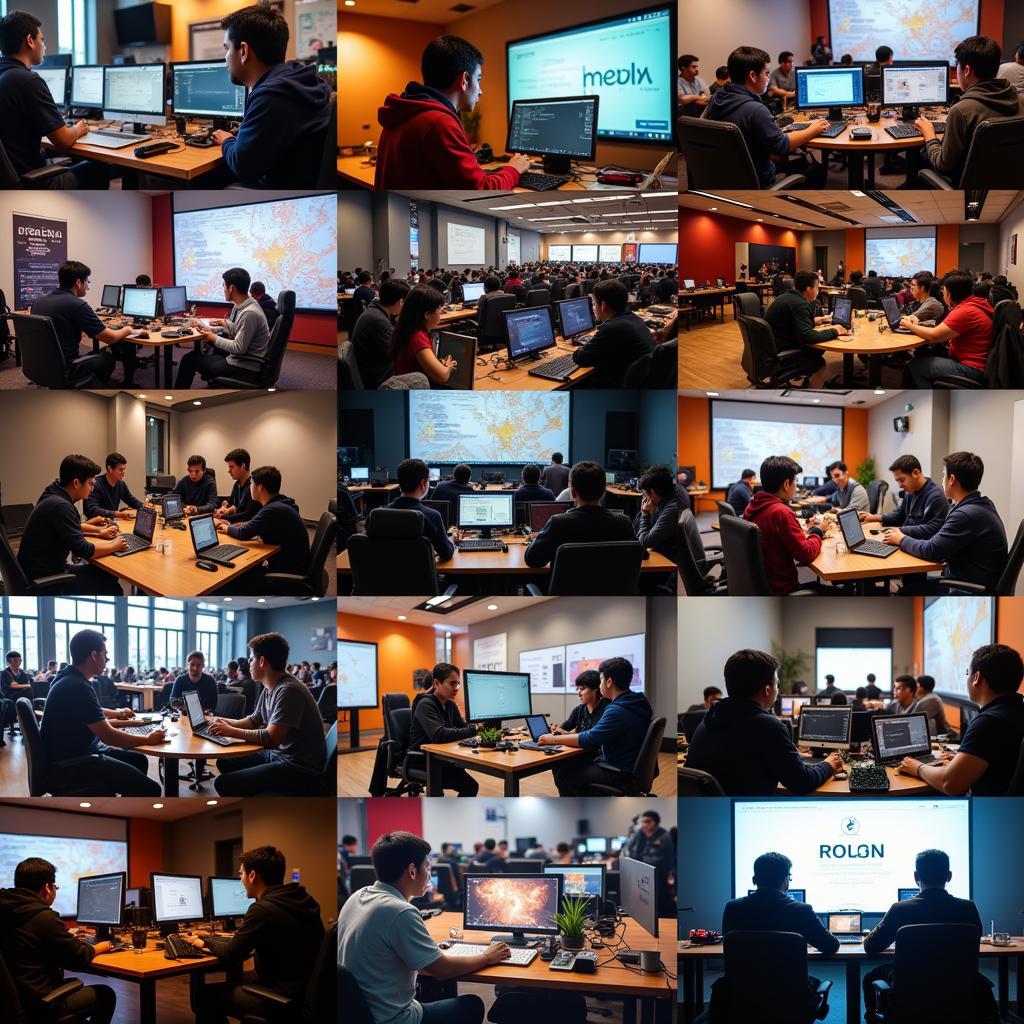The establishment of the ASEAN Economic Community (AEC) in 2015 marked a pivotal moment in Southeast Asia’s economic integration. This ambitious project, aimed at creating a single market and production base, has had significant implications for businesses operating within the region. One crucial aspect that garnered attention was the quantification of the AEC’s impact, a topic of particular interest to Chambers of Commerce across ASEAN member states.
Measuring Success: The Challenge of Quantification
While the goals of the AEC were clear – to enhance competitiveness, attract foreign investment, and promote regional economic growth – quantifying its direct impact posed a significant challenge. Chambers of Commerce, representing the voice of the private sector, sought concrete data and analysis to understand the tangible benefits and challenges brought about by the AEC.
One of the key issues faced was the lack of a standardized framework for measuring the AEC’s impact across all ten member states. Each country had its own economic structure, regulatory environment, and level of development, making it difficult to establish a one-size-fits-all approach to quantification.
Navigating the AEC: Chamber of Commerce Initiatives
Despite the complexities, Chambers of Commerce played a crucial role in navigating the AEC landscape. They conducted surveys, organized workshops, and facilitated dialogues between businesses and policymakers to gather data and insights on the ground. These initiatives focused on:
- Identifying key sectors impacted by the AEC: Chambers of Commerce worked to understand which industries experienced the most significant growth or faced the biggest challenges as a result of economic integration.
- Assessing non-tariff barriers (NTBs): The reduction of NTBs was a key goal of the AEC. Chambers of Commerce actively engaged with governments to identify and address NTBs hindering cross-border trade.
- Facilitating business opportunities: By connecting businesses across ASEAN, Chambers of Commerce helped facilitate partnerships, investments, and market expansion within the region.
The Road Ahead: Data-Driven Insights for Sustainable Growth
The quantification of the AEC’s impact remains an ongoing process. As data collection and analysis methods improve, a clearer picture of the AEC’s long-term effects will emerge. Chambers of Commerce continue to play a vital role in this journey, advocating for policies that promote transparency, reduce bureaucratic hurdles, and create a more business-friendly environment within ASEAN.
By working collaboratively with governments and international organizations, Chambers of Commerce can contribute to building a more integrated, prosperous, and resilient ASEAN Economic Community.
